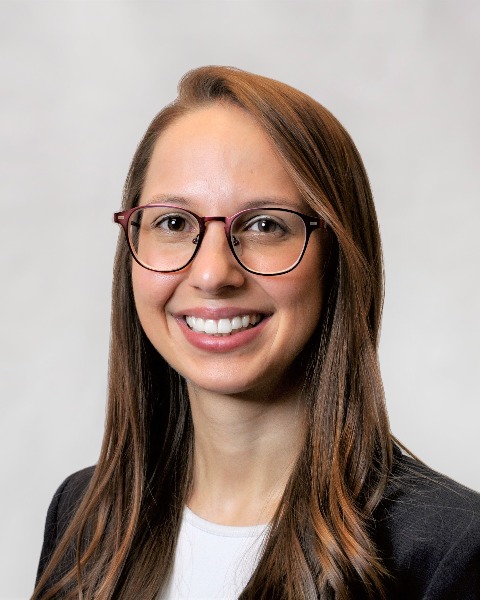Hematology/Oncology 1: Pediatric Oncology
Session: Hematology/Oncology 1: Pediatric Oncology
096 - Exploring Family Perspectives on Integrative and Complementary Medicine Practices in Pediatric Hematology/Oncology
Saturday, April 26, 2025
2:30pm - 4:45pm HST
Publication Number: 96.4937
Alexia M. Kessler, University of North Carolina Hospitals, Chapel Hill, NC, United States; Jessica Buddenbaum, University of North Carolina at Chapel Hill School of Medicine, Chapel Hill, NC, United States; Emily Greengard, University of North Carolina at Chapel Hill School of Medicine, Chapel Hill, NC, United States; Kenneth Busby, Stanford University School of Medicine, Palo Alto, CA, United States; Thomas B. Alexander, University of North Carolina at Chapel Hill School of Medicine, Chapel Hill, NC, United States; Cammie Moore. Presler, UNC Healthcare, Chapel Hill, NC, United States

Alexia M. Kessler, MD (she/her/hers)
Resident
University of North Carolina Hospitals
Chapel Hill, North Carolina, United States
Presenting Author(s)
Background: Certain integrative and complimentary medicine (ICM) modalities (including yoga, qigong, aromatherapy, mindfulness) can be effective at alleviating treatment side effects and enhancing quality of life for pediatric hematology and oncology (H/O) patients. Families seek out nonpharmacological interventions to supplement their child’s treatment but do not always share this information with their H/O providers. Few institutions currently offer integrative medical services for the pediatric population in general, and data on family perspectives and use of these services outside of conventional care is crucial to the development of improved, wholistic medical care that is safe, effective, and cost efficient.
Objective: This study explored family perspectives on ICM, focusing on awareness, usage, motivations, and barriers among caregivers of pediatric H/O patients.
Design/Methods: We surveyed 150 parents of children receiving care at the UNC pediatric H/O clinic. The survey, available in English or Spanish, was distributed to parents in the clinic waiting room. The survey assessed awareness, desire to discuss, personal use, perceived benefits, barriers, and costs of ICM. The characteristics of survey responses were reported descriptively. Fisher's Exact tests were utilized to explore the associations between demographic characteristics and use of ICM.
Results: Of the 150 participants, 30% reported they had heard of ICM, but only 17% had discussed it with their provider, and 60% of those discussions were initiated by the parent. Despite 70% of respondents reporting unfamiliarity with ICM therapies, 50% reported using it, and 55% would want their provider to discuss it. The most common sources of information on ICM for families were the internet and their oncology provider (19%), friends/family (13%) and social media (11%). Respondents seek out ICM to improve quality of life (48%), enhance immunity (49%), and reduce treatment side effects (37%). Nutrition and mind-body practices were most popular overall (47%, 20%). Parents of cancer patients were more likely to report wanting to lessen side effects of treatment compared to patients with non-cancer diagnoses (46.2% vs 24.5%, p-value = 0.01). Demographics did not influence use of ICM, or the types of modalities used.
Conclusion(s): Our data shows high interest in, but a lack of awareness about ICM. Despite this lack of knowledge, many are using it at home. These findings underscore the need for improved provider communication on ICM and better access to targeted modalities to support patients and families in pediatric H/O settings.

